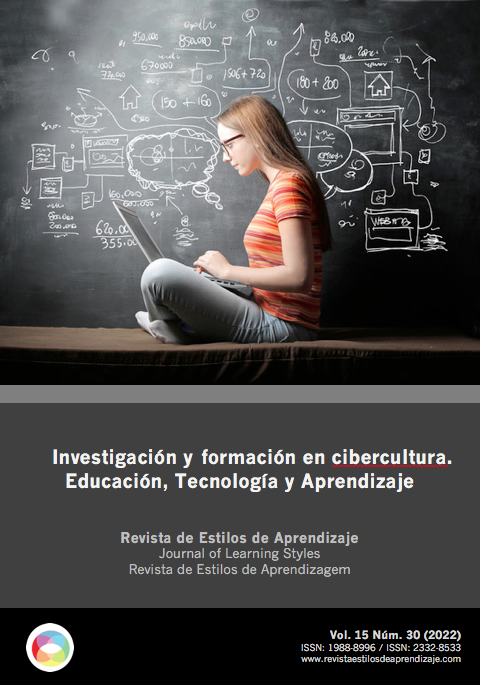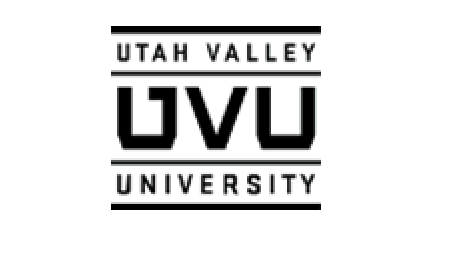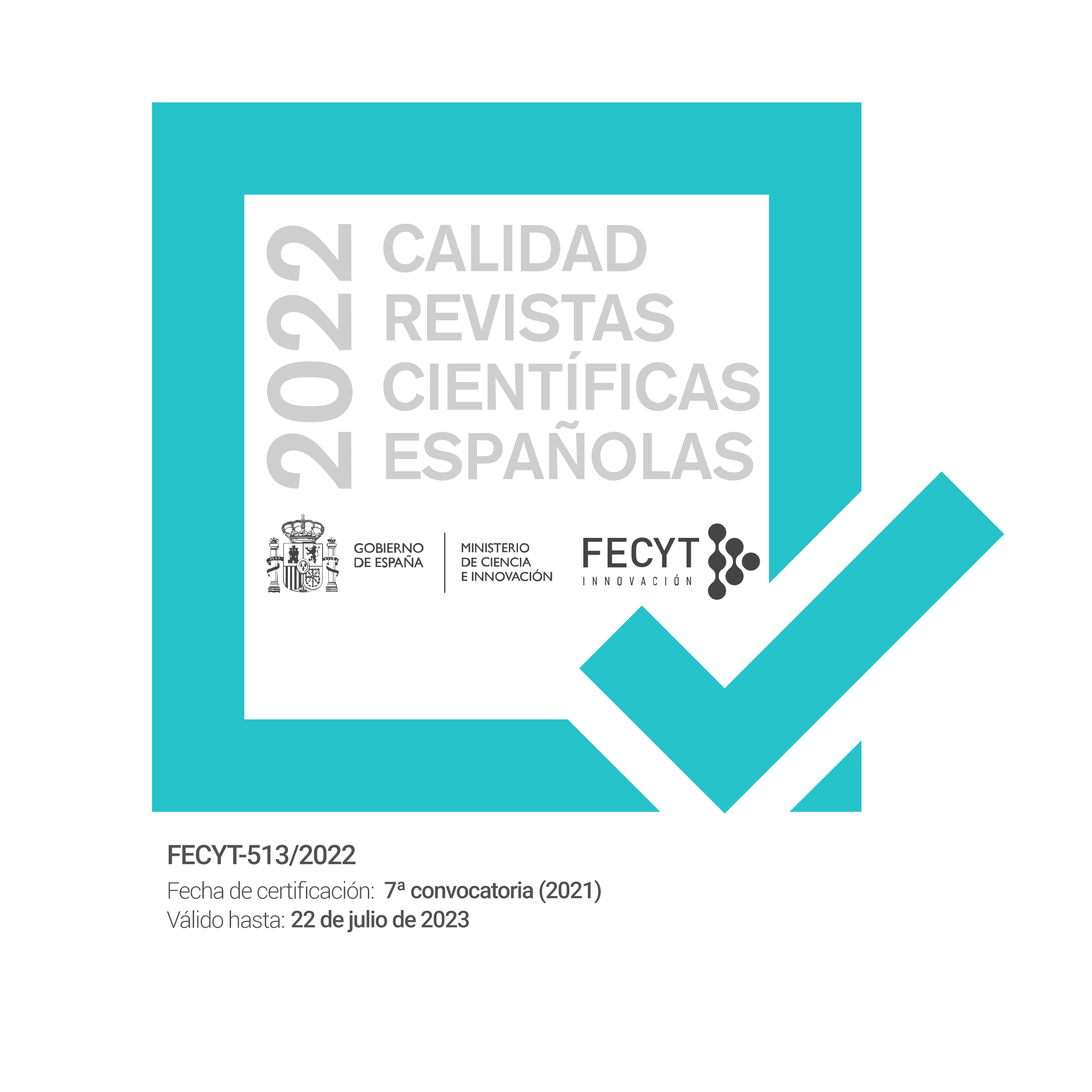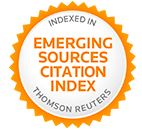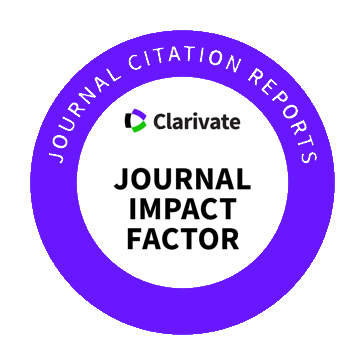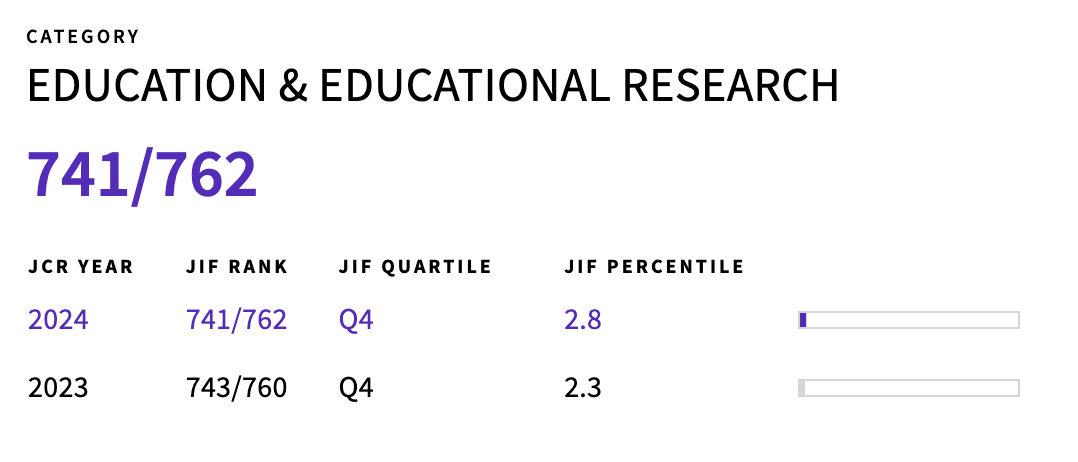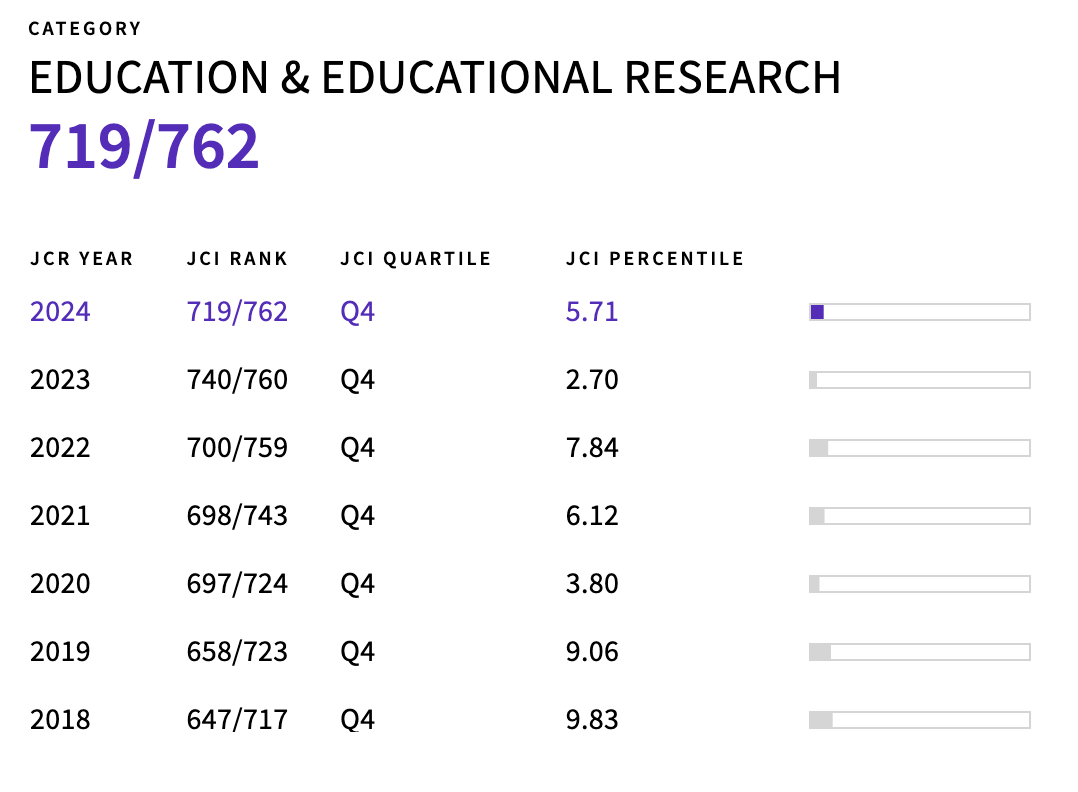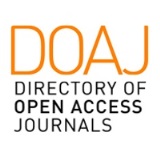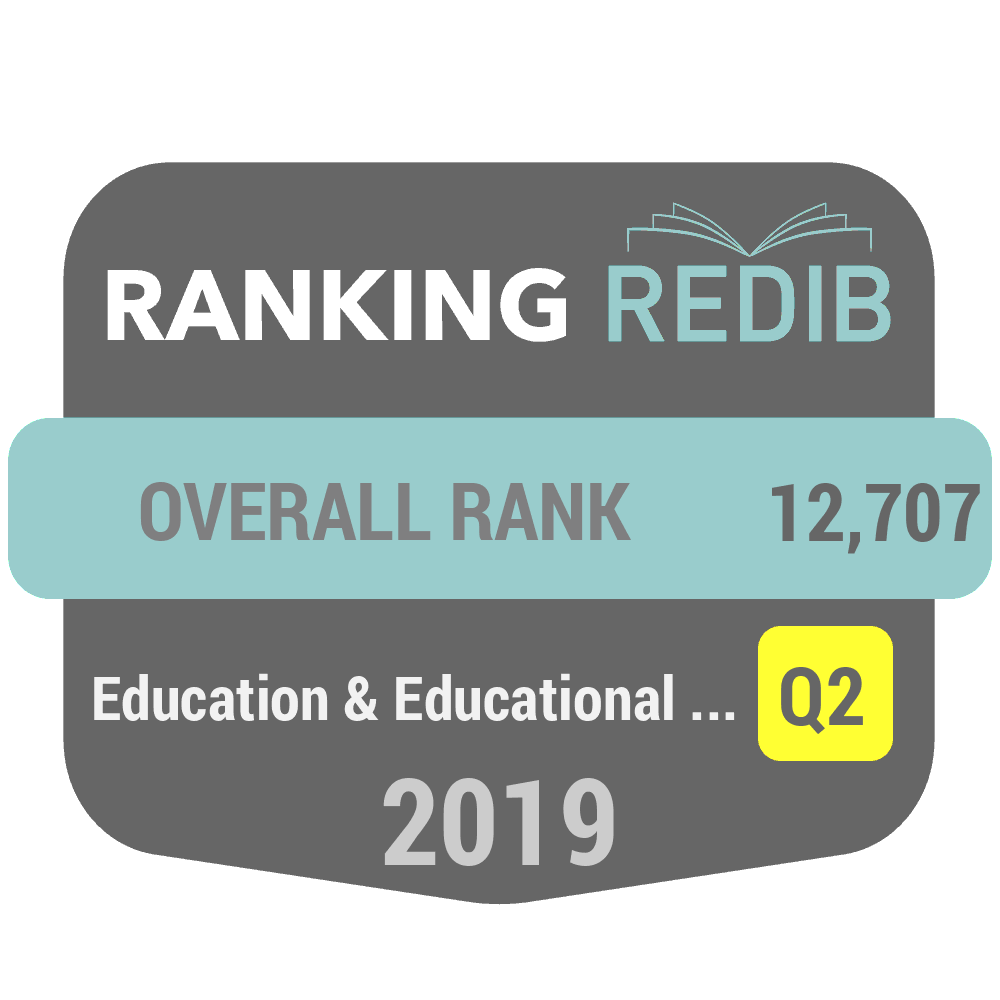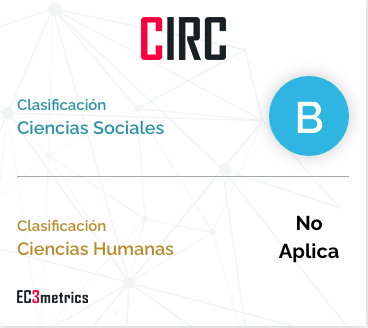Reverse learning before and during pandemics: a systematic review of the literature
DOI:
https://doi.org/10.55777/rea.v15i30.4271Keywords:
active learning, distance education, higher education, pandemic, teaching methodsAbstract
Flipped Learning (FL) had been incorporated in the face-to-face education environment and, due to the social isolation that led to the virtual modality, teachers began to adapt them to these environments. The study aimed to learn about research trends and describe their effectiveness and acceptance among students before and during the pandemic. A systematic review of the literature was performed to study publications on Flipped Learning. Sixty-six articles were analyzed after a systematic process based on PRISMA other well-known protocols for systematic reviews in the social sciences and education. Results indicated that, in both periods (before and during the pandemic), the tendency was towards quantitative studies. Spain and the United States were the countries with the most publications. Latin America shows few publications and differences in the number of articles in the two periods. The literature reports the effectiveness of FL in teaching before and during Emergency Remote Teaching (ERT). It is concluded that Flipped Learning is favorable in the context of ERE due to its effectiveness and the trend to its acceptance. Suggestions for future research are presented given the scenarios to come after the pandemic.
Downloads
References
Abeysekera, L. y Dawson, P. (2015). Motivation and cognitive load in the flipped classroom: definition, rationale and a call for research. Higher education research & Development, 34(1), 1-14. https://doi.org/10.1080/07294360.2014.934336
Abío, G., Alcañizb, M., y Gómez-Puiga, M. (2017). El aula invertida y el aprendizaje en equipo: dos metodologías para estimular al estudiante repetidor. Revista D’Innovació Docent Universitària, 9, 1-15. https://bit.ly/3uwP4zQ
Akçayır, G. y Akçayır, M. (2018). The flipped classroom: A review of its advantages and challenges. Computers & Education, 126, 334-345. http://dx.doi.org/10.1016/j.compedu.2018.07.021
Alamri, M. (2019). Students’ academic achievement performance and satisfaction in a flipped classroom in Saudi Arabia. International Journal of Technology Enhanced Learning, 11(1), 103-119. http://dx.doi.org/10.1504/IJTEL.2019.096786
Altemueller, L. y Lindquist, C. (2017). Flipped classroom instruction for inclusive learning. NASEN, 44(3), 341-358. https://doi.org/10.1111/1467-8578.12177
Al-Zahrani, A. (2015). From passive to active: The impact of the flipped classroom through social learning platforms on higher education students’ creative thinking. British Journal of Educational Technology, 46(6), 1133–1148. https://doi.org/10.1111/bjet.12353
Arce, C. (2019). Flipped Classroom o Aula Invertida. Revista Académica Arjé, 2(1), 27-32. https://bit.ly/3uvIRUI
Aşıksoy, G. y Özdamlı, F. (2016). Flipped Classroom adapted to the ARCS Model of Motivation and applied to a Physics Course. Eurasia Journal of Mathematics, Science & Technology Education, 12(6), 1589-1603. https://doi.org/10.12973/eurasia.2016.1251a
Ayçiçek, B. y Yanpar, T. (2018). The Effect of Flipped Classroom Model on Students’ Classroom Engagement in Teaching English. International Journal of Instruction, 11(2), 385-398. https://doi.org/10.12973/iji.2018.11226a
Basal, S. (2015). The implementation of a flipped classroom in foreign language teaching. Turkish Online Journal of Distance Education-TOJDE, 16(4), 28-37. https://bit.ly/332UmHX
Basso-Aránguiz, M., Bravo-Molina, M., Castro-Riquelme, A., y Moraga-Contreras, C. (2018). Propuesta de modelo tecnológico para Flipped Classroom (T-FliC) en educación superior. Revista Electrónica Educare, 22(2), 1-17. https://doi.org/10.15359/ree.22-2.2
Betihavas, V., Bridgman, H., Kornhaber, R., y Cross, M. (2016). The evidence for ‘flipping out’: A systematic review of the flipped classroom in nursing education. Nurse Education Today, 38, 15–21. https://doi.org/10.1016/j.nedt.2015.12.010.
Çakıroğlu, Ü, & Öztürk, M. (2017). Flipped Classroom with Problem Based Activities: Exploring Self-regulated Learning in a Programming Language Course. Educational Technology & Society, 20(1), 337–349. https://bit.ly/3LenoWp
Chaudhuri, A., Paul, S., Mondal, T. y Goswami, A. (2020). A comparative study of telemedicine-assisted traditional teaching classes and flipped classroom-assisted self-directed learning sessions during COVID-19 pandemic among first MBBS students in Burdwan Medical College: A pilot study. Medical Journal DY Patil Vidyapeeth, 13, 608-14. https://doi.org/10.4103/mjdrdypu.mjdrdypu_397_20
Cifuentes-Faura, J. (2020). Docencia online y Covid-19: la necesidad de reinventarse. Revista De Estilos De Aprendizaje, 13(Especial), 115–127. https://doi.org/10.55777/rea.v13iEspecial.2149
Colomo-Magaña, E., Soto-Varela, R., Ruiz-Palmero, J., y Gómez-García, M. (2020). University Students’ Perception of the Usefulness of the Flipped Classroom Methodology. Education Science, 10(275), 20 pp. https://doi.org/10.3390/educsci10100275
Cuevas, N., Monzonís, N., Gabarda, V., Cívico, A., y Colomo, E. (2021). Flipped classroom en tiempos de COVID-19: una perspectiva transversal. International Journal of Educational Research and Innovation (IJERI), 15, 326-341. https://doi.org/10.46661/ijeri.5439
Del Pino, B., Prieto, B., Prieto, A., e Illeras, F. (2016). Utilización de la metodología de aula invertida en una asignatura de Fundamentos de Informática. Enseñanza y Aprendizaje de Ingeniería de Computadores, 6, 67-75. http://doi.org/10.30827/Digibug.41918
Dhawan, S. (2020). Online Learning: A Panacea in the Time of COVID-19 Crisis. Journal of Educational Technology Systems, 49(1) 5–22. https://doi.org/10.1177/0047239520934018
Durfee, S., Goldenson, R., Gill, R., Rincón, S. Flower, E., y Avery, L. (2020). Medical Student Education Roadblock Due to COVID-19: Virtual Radiology Core Clerkship to the Rescue. Academic Radiology, 27, 1461–1466. https://doi.org/10.1016/j.acra.2020.07.020
Esteban, E., Cámara, A. y Villavicencio, M. (2020). La educación virtual de posgrado en tiempos de COVID-19. Revista De Estilos De Aprendizaje, 13(Especial), 82–94. https://doi.org/10.55777/rea.v13iEspecial.2241
Fialho, M., Barbosa, A., Daniel, D., Albuquerque, E., Gama, G., Pires, G., Soares, L., de Sousa, T., de Albuquerque, T., y Gomes, F. (2020). Benefits of the flipped classroom in health education - a systematic review. Brazilian Journal Health Review, 3(6), 17428-17437. https://doi.org/10.34119/bjhrv3n6-160
Flipped Learning Network (FLN). (2014). The Four Pillars of F¬L¬I¬. https://bit.ly/3uvMGte
Fogg, K. y Maki, S. (2020). A Remote Flipped Classroom Approach to Teaching Introductory Biomedical Engineering During COVID-19. Biomedical Engineering Education, Special Issue COVID-19. https://doi.org/10.1007/s43683-020-00001-4
Fryling, M. (2020). From flipped, to flipping out, to mostly sunny: how the flipped classroom model made the move to emergency remote learning less stormy. Issues in Information Systems, 21(1), 281-289, https://doi.org/10.48009/1_iis_2020_281-289
Galindo-Domínguez, H. y Bezanilla, M. Una revisión sistemática de la metodología flipped classroom a nivel universitario en España. Innoeduca. International Journal of Technology and Educational Innovation, 5(1), 81-90. https://doi.org/10.24310/innoeduca.2019.v5i1.4470
García, A. (2016). Aprendizaje inverso y motivación en el aula universitaria. Pulso. Revista de Educación, 39, 199-218. https://bit.ly/3Lenxcp
Gillete, C., Rudolph, M., Kimble, C., Rockich-Winston , N., Smith, L., y Broedel-Zaugg, K. (2018). A Meta-Analysis of Outcomes Comparing Flipped Classroom and Lecture. American Journal of Pharmaceutical Education, 82(5), 433-440. http://doi.org/10.5688/ajpe6898
González, E. (2017). Aplicación del modelo educativo Flipped Classroom con soporte de la plataforma Edmodo. Revista Iberoamericana de producción Académica y Gestión Educativa, 4(8). https://bit.ly/3guKudk
Izagirre-Olaizola, J. y Morandeira-Arca, J. (2020). Business Management Teaching-Learning Processes in Times of Pandemic: Flipped Classroom at A Distance. Sustainability 12, 10137; https://doi.org/10.3390/su122310137
Hinojo, F., Aznar, I.; Romeroz, J., y Marín, J. (2019). Influencia del aula invertida en el rendimiento académico. Una revisión sistemática. Campus Virtuales, 8(1), 9-18. https://bit.ly/3GDzHbq
Karabulut-Ilgu, A., Jaramillo, N., y Jahren, C. (2018). A systematic review of research on the flipped learning method in engineering education. British Journal of Educational Technology, 49(3), 398–411. https://doi.org/10.1111/bjet.12548
Lewis, C., Chen, D., y Relan, A. (2017). Implementation of a flipped classroom approach to promote active learning in the third-year surgery clerkship. The American Journal of Surgery, 215(2), 298-303. https://doi.org/10.1016/j.amjsurg.2017.08.050
Martín, D., Sáenz, M., Santiago, R., y Chocarro, E. (2016). Diseño de un instrumento para evaluación diagnóstica de la competencia digital docente: formación flipped classroom. Revista Didáctica, Innovación y Multimedia, 11(33). 15 pp. https://bit.ly/3otPJOI
Migueliz, M., Wolgemuth, JR, Haraf, S., y Fisk, N. (2020). Anti-oppressive pedagogies in online learning: a critical review. Distance Education, 41(3), 345-360. https://doi.org/10.1080/01587919.2020.1763783
Moher, D. (2013). Preferred Reporting Items for Systematic Reviews and Meta-Analyses: The PRISMA Statement. Annals of Internal Medicine. https://doi.org/10.7326/0003-4819-151-4-200908180-00135.
Müge, A. (2017). Perceptions of senior-year ELT students for flipped classroom: a materials development course. Computer Assisted Language Learning, 30 (3-4), 204-222. https://doi.org/10.1080/09588221.2017.1301958
Ordorika, I. (2020). Pandemia y educación superior. Revista de la Educación Superior, 194 (49), 1-8. https://doi.org/10.36857/resu.2020.194.1120
Perdomo, B.; González-Martínez, O.A. y Barrutia Barreto, I. (2020) Competencias digitales en docentes universitarios: una revisión sistemática de la literatura. EDMETIC, Revista de Educación Mediática y TIC, 9(2), 92-115. https://doi.org/10.21071/edmetic.v9i2.12796
Petticrew, M. y Roberts, H. (2016). Systematic Reviews in the Social Sciences. A practical guide, Oxford: Blackwell.
Portillo, S., Castellanos, L., Reynoso, O., y Gavotto, O. (2020). Enseñanza remota de emergencia ante la pandemia Covid-19 en Educación Media Superior y Educación Superior. Propósitos y Representaciones, 8 (SPE3), e589. http://dx.doi.org/10.20511/pyr2020.v8nSPE3.589
Salehi, S., Du, JT, y Ashman, H. (2018). Use of Web search engines and personalisation in information searching for educational purposes. Information Research, 23(2), paper 788. https://bit.ly/3upGOSe
Sams, A. y Bergmann, J. (2014). Dale la vuelta a tu clase: lleva tu clase a cada estudiante en cualquier momento y cualquier lugar. Ediciones SM.
Schweiker, S. y Levonis, S. (2020). Insights Gained While Teaching First Semester Chemistry in the Time of COVID-19 at Bond University in Australia. Journal of chemical education, 97(9), 2863-2865. https://dx.doi.org/10.1021/acs.jchemed.0c00621.
Singh, V., y Thurman, A. (2019). How many ways can we define online learning? A systematic literature review of definitions of online learning (1988-2018). American Journal of Distance Education, 33(4), 289–306. https://doi.org/10.1080/08923647.2019.1663082
Sojuel, D., y Nanne-Lippmann, I. (2021). Transición a la educación remota en emergencia de docentes y estudiantes en Centroamérica y el Caribe. RECIE. Revista Caribeña De Investigación Educativa, 5(2), 107-123. https://doi.org/10.32541/recie.2021.v5i2.pp107-123
Sunasee, R. (2020). Challenges of Teaching Organic Chemistry during COVID-19 Pandemic
at a Primarily Undergraduate Institution. Journal of Chemistry Education, 97(9), 3176–3181. https://doi.org/10.1021/acs.jchemed.0c00542
Tang, T., Abuhmaid, A., Olaimat, M., Oudat, D., Aldhaeebi, M. y Bamanger, E. (2020). Efficiency of flipped classroom with online-based teaching under COVID-19. Interactive Learning Environments, 12 pp. https://doi.org/10.1080/10494820.2020.1817761
Tejedor, S., Cervi, L., Tusa, F., y Parola, A. (2020). Educación en tiempos de pandemia: reflexiones de alumnos y profesores sobre la enseñanza virtual universitaria en España, Italia y Ecuador. Revista Latina de Comunicación Social, 78, 1-21. https://www.doi.org/10.4185/RLCS-2020-1466
U.S.A. Department of Education. (2014). What Works Clearinghouse procedures and standards handbook, version 3.0., Washington, DC: Institute of Education Sciences.
Vajravelu, B., Kelley, A., Moktar, A., Orrahood, S. (2020). Flipped Classrooms in Physician Assistant Education. The Journal of Physician Assistant Education, 31(4), 207-211. https://doi.org/10.1097/JPA.0000000000000325
Yen, T. (2020). The Performance of Online Teaching for Flipped Classroom Based on COVID-19 Aspect. Asian Journal of Education and Social Studies, 8(3), 57-64. https://doi.org/10.9734/AJESS/2020/v8i330229
Youhasan, P., Chen, Y., Lyndon, M., y Henning, MA. (2020). Development and validation of a measurement scale for nursing students' readiness to the flipped classroom in Sri Lanka. Journal of educational evaluation for health professions, 17, 41. https://doi.org/10.3352/jeehp.2020.17.41
Yunn-Fang, H., Ling-Ling, H., Wo, K. y Yao-Chin, H. (2020). Orientation to Community Pharmacy by online education amid the COVID-19 pandemic: Teaching and learning reflections. Journal of Asian Association of Schools of Pharmacy, 9, 53–59. https://bit.ly/34GP0CR
Zepeda, G., Díaz, J., Salcedo, M., y Tapia, S. (2018). Una aproximación teórica sobre MOOC, Aula Invertida, y B-Learning: Similitudes y diferencias. Revista Educateconciencia, 20(21), 155–173. https://bit.ly/3oszzoA
Downloads
Published
How to Cite
Issue
Section
License
By submitting the original, the author(s) declare that they are aware of and accept, in full, the privacy policy as well as the copyright of the Learning Styles Magazine.
The Learning Styles Magazine offers free and open access to its content, completely free of charge, in order to bring scientific research to its readers and society in general. All digital contents are free and open access and are published under a Creative Commons license:

Rights are granted under the Creative Commons Reconocimiento-NoComercial-SinObraDerivada 4.0 Internacional (CC-BY-NC-ND 4.0)
The Learning Styles Magazine is an open access journal. Publication of articles or reviews in the Journal does not entitle you to any remuneration. For authors as well as readers, the journal is free Creative Commons Reconocimiento-NoComercial-SinObraDerivada 4.0 Internacional (CC-BY-NC-ND 4.0).
With this licence, the reproduction and dissemination of the contents of the magazine for educational, social and knowledge transmission purposes is permitted, without any profit motive in mind, provided that the source and authorship are not modified. The licence granted to Learning Styles Magazine allows the copying and distribution of the magazine's contents, as long as the authorship of the work is recognised, correctly specifying the author and the publishing entity. The work may not be used for commercial purposes, nor may it be altered, transformed or generated from this work.
The publication of articles or reviews in the Journal does not give the right to any remuneration.
The Learning Styles Journal invites the author/authors to increase the visibility and scope of their articles published by re-disseminating them in:
- Web spaces and personal networks, as well as in scientific meetings and forums
- Open institutional archives in Universities, educational repositories and Research Centres.
- Academic and scientific networks (Researchgate, Academia.edu, Plubons, etc.)
All these spaces and publications must include all the bibliographic data of the publication.

